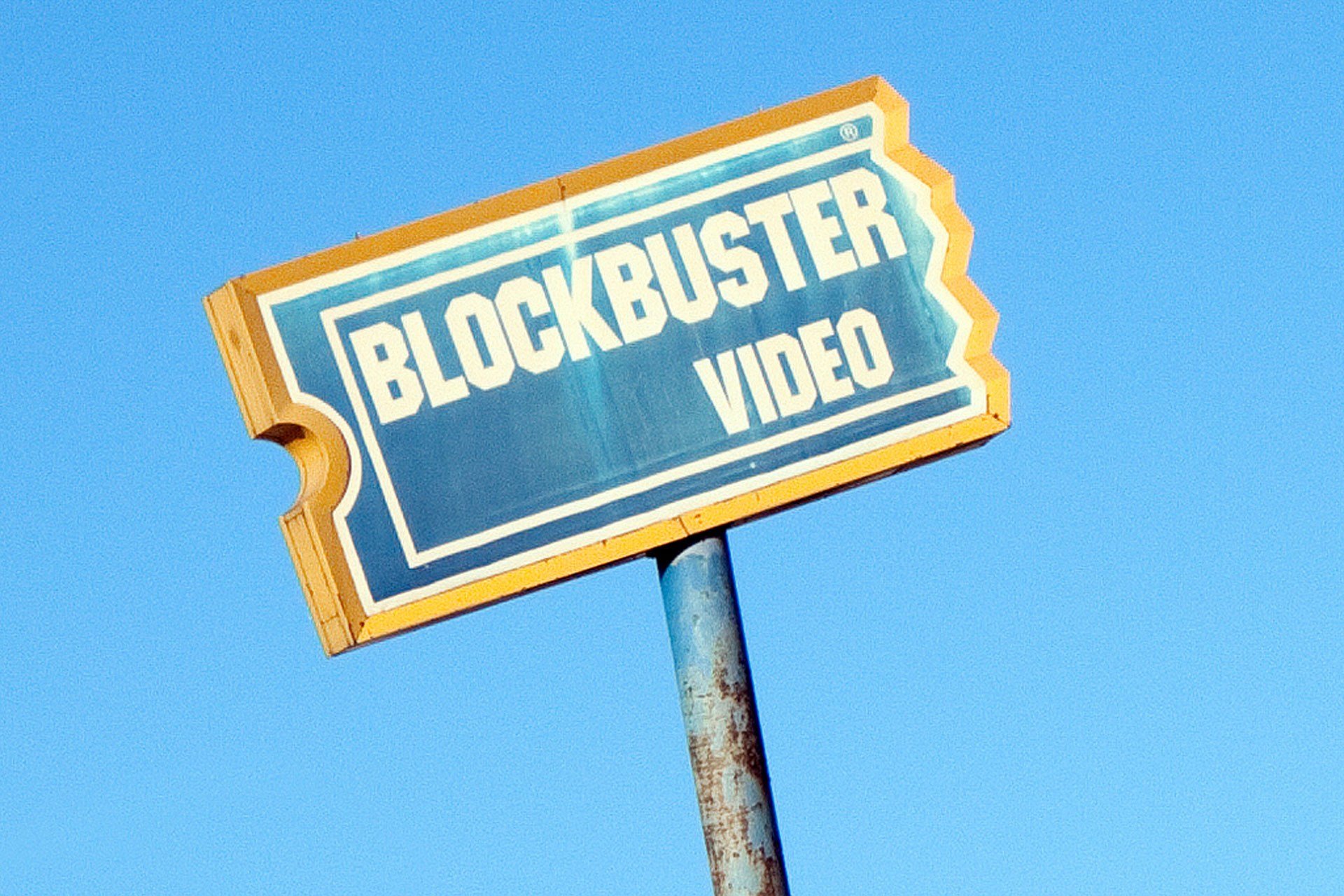The Case for Blockbuster’s Return: Could Game Rentals Be the Future Amid Rising Prices?
As video game prices continue to soar—especially with rumors suggesting the Nintendo Switch 2 and other next-gen consoles could push game prices beyond the $70 mark—many gamers are left wondering: Is renting video games the future?
With major publishers charging more for premium editions, season passes, and microtransactions, the cost of gaming is becoming a significant barrier. In an era where affordability is a growing concern, could a revival of Blockbuster or a similar rental service provide a much-needed solution?
The Rising Cost of Gaming
When video games first hit the market, renting was a practical and affordable way for gamers to enjoy new releases without making a full purchase. Blockbuster and similar rental services thrived in the late '90s and early 2000s because they offered accessibility—gamers could play without committing to a $50 or $60 purchase.
Today, with inflation and rising development costs, AAA games now hover around $70 or more, and this number is expected to rise further for next-gen consoles like the Nintendo Switch 2, PlayStation 6, and Xbox’s next hardware iteration. The industry’s shift toward digital ownership has made it harder for players to test games before purchasing.
Subscription models like Xbox Game Pass and PlayStation Plus have filled part of this gap, but they don’t always include the latest AAA games on day one. That’s where game rentals could come back in.
How a Blockbuster Revival Could Work
Imagine a modern Blockbuster 2.0 tailored to today’s gaming market. Instead of physical stores, the service could operate like a GameFly-style rental system with a digital storefront for renting downloadable versions of games. Here’s how it could work:
Physical Rentals: A return to brick-and-mortar stores where players can rent physical copies of new releases for a fraction of the purchase price.
Digital Rentals: A streaming-based rental model that allows players to temporarily access games via the cloud, similar to Xbox Cloud Gaming or Nvidia GeForce Now.
Subscription Tiers: Different pricing plans offering limited or unlimited rentals per month for budget-conscious gamers.
Trade-in Incentives: A hybrid model allowing gamers to trade in old games for rental credits or even rent-to-own options.
This model would allow players to experience games before deciding whether to commit to a full purchase. Nintendo, Sony, and Microsoft could all benefit from partnerships with such a service, encouraging more players to engage with their games.
Would Gamers Embrace Renting Again?
With the rise of digital purchases, some might argue that renting is outdated. However, game rental services could make a massive comeback for several reasons:
Affordability – Renting a game for $5-$10 instead of paying $70 upfront makes economic sense.
Avoiding Buyer’s Remorse – Not every game is worth full price, and rentals would allow gamers to try before they buy.
A Solution for Shorter Games – Many modern games have short campaigns but still cost full price—renting could prevent unnecessary spending.
Physical Media Isn’t Dead Yet – While digital gaming is on the rise, physical game collectors and preservationists still want options.
If companies like Blockbuster (or a new competitor) revived game rentals, they could provide a cost-effective alternative to the increasingly expensive world of gaming.
Final Thoughts
As game prices continue to rise, rental services could make a massive comeback—especially for gamers who don’t want to spend $70+ on a game they might not enjoy. Whether through physical copies, digital rentals, or cloud-based streaming, the return of Blockbuster-style rentals could reshape the industry.
The real question is: Will companies recognize this opportunity and bring back game rentals in a big way?
Would you subscribe to a game rental service if it made a return? Let us know your thoughts!


